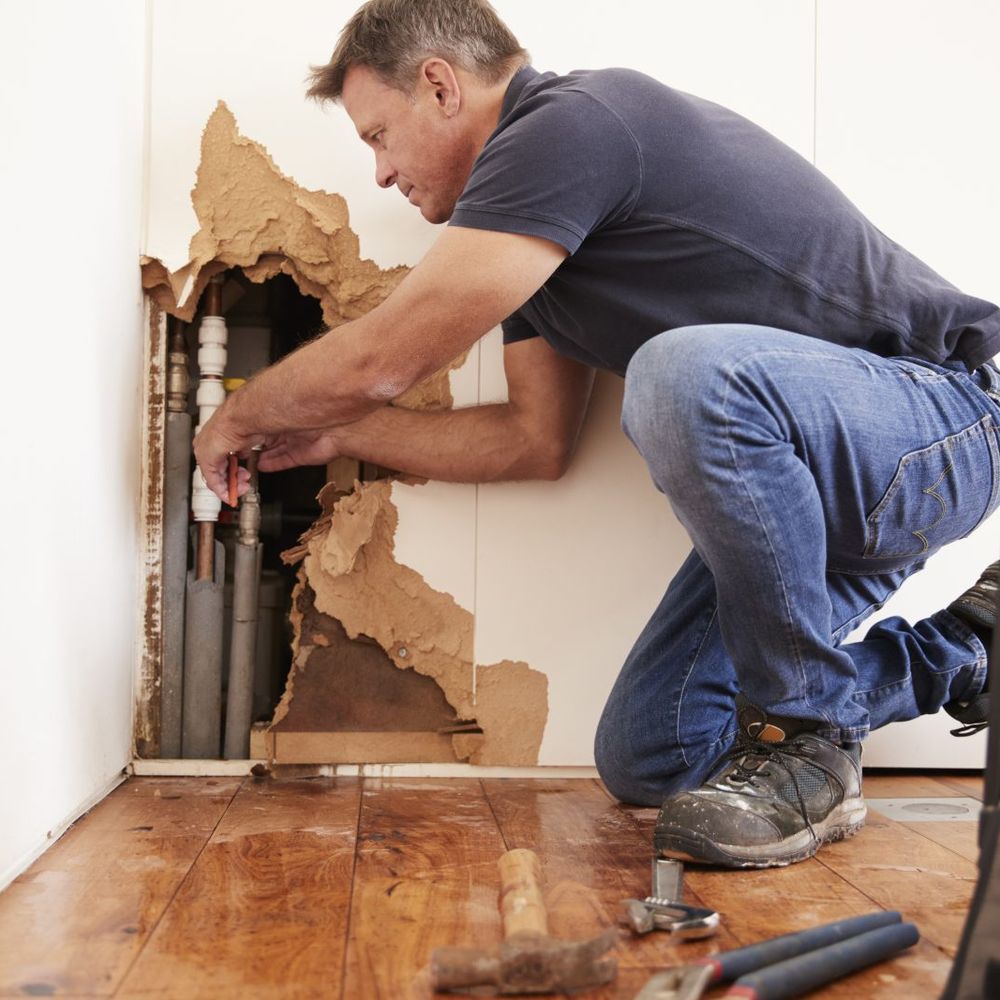Hidden plumbing leaks can be silent culprits, causing damage to your home’s infrastructure while remaining out of sight. Often, these leaks can go undetected for long periods, leading to wasted water, increased utility bills, and potential health hazards from mold growth.
Knowing the signs to look out for is crucial in preventing extensive damage and costly repairs. In this guide, we will explore some of the top indicators of hidden plumbing leaks and provide practical tips on how to detect them early.
If you’re experiencing a leak and need professional help, consider J. Blanton Plumbing. You can learn more here on this website.
Table of Contents
Unusually high water bills
If your water bills are notably higher than usual without an obvious increase in water usage, it could be a clear sign of a hidden plumbing leak. A leak in your system means that water is continuously flowing without your knowledge, which can add up over time.
This is especially indicative of a problem if the spike in cost doesn’t correlate with seasonal changes or known consumption habits.
To confirm a leak via your water bill, compare your current usage with the same period in previous years. Also, observe the trend over several months to see if the increase appears consistently. If so, it may be time to investigate.
Start with a simple test by ensuring no water is being used inside or outside your home, and check your water meter. Note the reading, wait for a couple of hours without using any water, and then inspect the meter again. If the reading has changed, it’s likely you have a leak somewhere in your plumbing system.
Sounds of water
Sometimes, the first sign of a hidden leak is an unexplained sound of running water. When the house is quiet, particularly at night, pay close attention to any noises that resemble water flowing, dripping, or hissing when no taps, showers, or appliances are in use. These sounds may indicate water moving through pipes from a leak.
To detect these leaks, follow the sound to its strongest point. This can often lead you closer to the source of the leak. Check under sinks, behind appliances, and around fixtures for any signs of moisture or water stains.
If the exact location of the leak isn’t readily apparent, you may need to call a professional plumber who can use specialized acoustic devices to pinpoint the source of the hidden leak precisely.
Discoloration and damage
Discoloration or damage to walls, ceilings, and floors can be a sign of a disguised plumbing leak. Water leaks within walls or ceilings can cause paint to peel, wallpaper to bubble, and plaster to crack.
Over time, persistent leaks may lead to staining, with brown or yellowish marks appearing on the affected surfaces. These visual cues often indicate that water has been accumulating over a period.
Detecting a hidden plumbing leak through discoloration or damage involves a thorough inspection of your home. Look for any unusual changes in the appearance of walls and ceilings, especially in areas that share a common wall with bathrooms and kitchens.
Soft spots or warping on floors can also be indicative of water damage beneath the surface. Remember, these signs might not be directly where the leak is located, as water can travel along pipes and materials before surfacing. If you spot any of these warning signs, it’s advisable to contact a professional to investigate further and address the leak promptly to prevent structural damage to your home.
Musty odors
The musty smells that you may detect in your home are more than an unpleasant odor. They can also be a sign of a hidden leak. This distinctive smell is usually due to the presence of mold and mildew, which develop in damp and poorly ventilated areas.
If a persistent musty odor is coming from a particular area, it could indicate that moisture is accumulating behind the walls or under the floors, providing the perfect conditions for mold growth.
To detect leaks associated with musty odors and dampness, start by identifying the areas where the smell is most pungent. Inspect spaces like basements, under sinks, inside cabinets, and around appliances for any signs of moisture or condensation. Look over for any visible mold or mildew, which typically presents as black, white, or green spots.
Using a moisture meter can also help in detecting hidden leaks by measuring the moisture levels in walls, floors, and ceilings. A higher-than-normal moisture reading in these areas often points to water intrusion.
In addition to using your senses and tools, it may also be wise to hire a professional who can perform a more thorough assessment, including infrared thermography, to find and fix the source of water leaks and related dampness.











